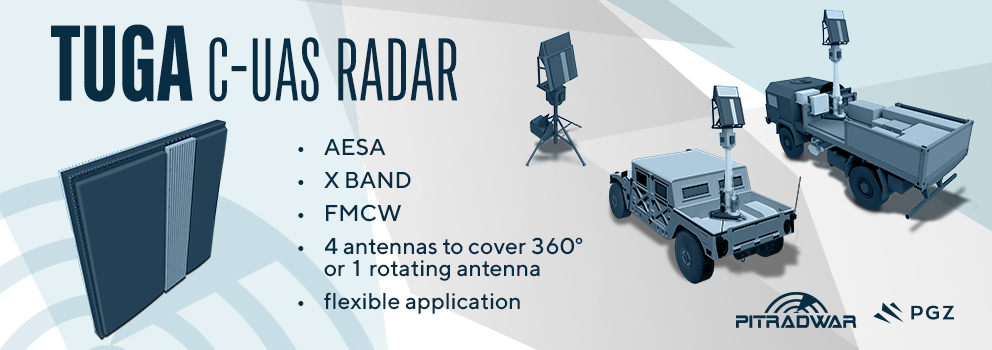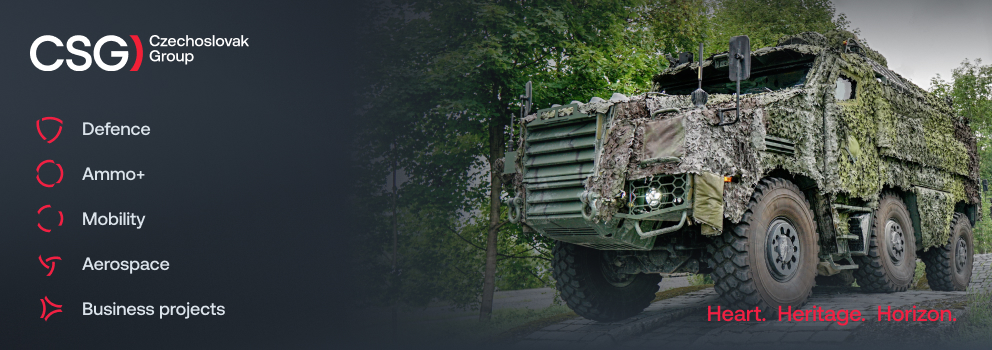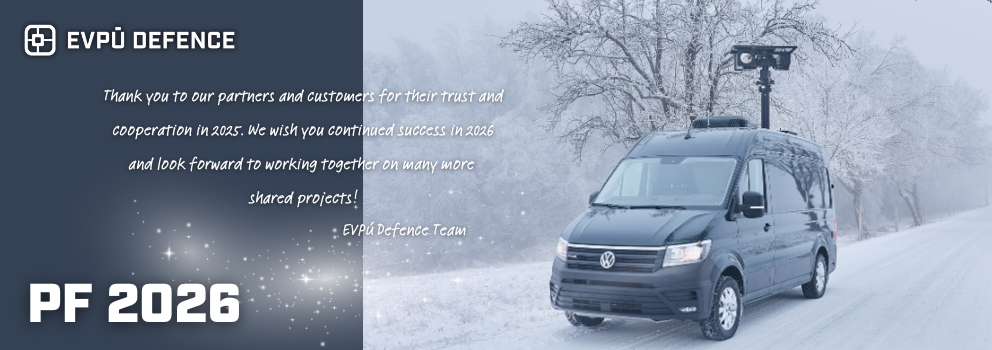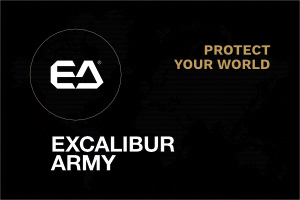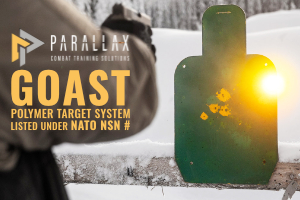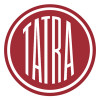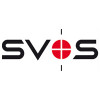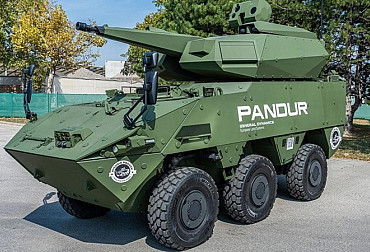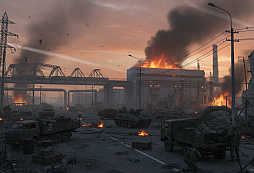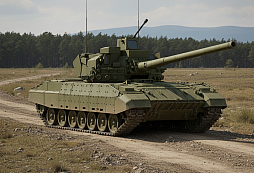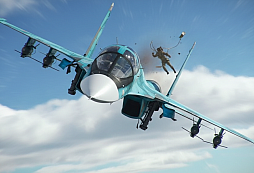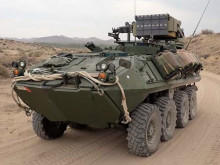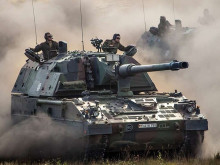LANDEURO 2025: A new doctrine for NATO's eastern flank
The LANDEURO conference, held on July 16 and 17, 2025, in Wiesbaden, Germany, represents a significant milestone in the current security and defense debate within the North Atlantic Alliance. This event has contributed significantly to shaping transatlantic strategic priorities at a time of radical change in the security environment in Europe. The conference theme, "Transforming with Allies for the Future Fight," accurately captured the speakers' focus on modernizing warfare, accelerating industrial production, technological interoperability, and building capabilities to respond to 21st-century threats.
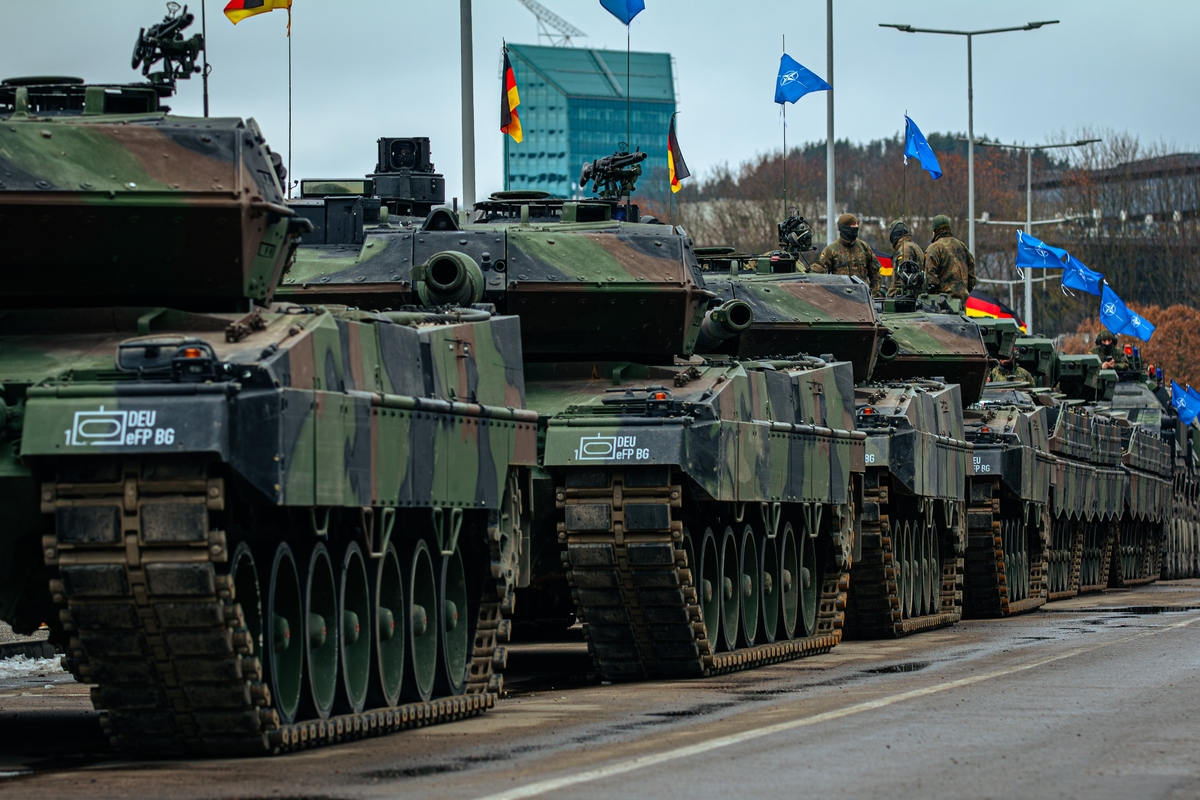
LANDEURO's main objective is to specify the strategic and technological challenges arising from Russia's ongoing aggression against Ukraine, as well as to follow up on the decisions taken at the NATO summit in The Hague in June. The opening speech by NATO Deputy Secretary General Radmila Šekerinská showed that the Alliance is undergoing a fundamental transformation. In her words, NATO must be prepared to stand its ground in a test of strength and to use that strength if necessary. "The world is not what we would like it to be, but what it is – tough, unstable, and full of aggressive actors who are testing our resolve," Šekerinská said.
The Alliance's task remains to protect the one billion citizens of its member states, both now and in the longer term. In this context, Deputy Minister Šekerinská recalled the decision taken in The Hague, where a plan was approved to invest 5% of GDP in defense by 2035. Of this, 3.5% is to be used for direct military spending, with the remainder going toward developing security infrastructure and societal resilience. Such a far-reaching commitment represents a turning point in defense thinking. Its implementation will strengthen the Alliance's combat capabilities and deterrence.
One of the main messages of the LANDEURO conference was the presentation of the "Eastern Flank Deterrence Line" concept by US Army General Christopher Donahue, commander of US forces in Europe and Africa (USAREUR-AF). This strategy, with significant involvement of ground forces, responds to growing security risks arising from Russia's policy towards neighbouring states. General Donahue said that preparations for war can no longer be based solely on plans set out in Western allied strategies. Today, the pace is set by the enemy. The "Deterrence Line" concept aims to create a unified framework for the defense of NATO's eastern flank, precisely define what capabilities are needed, and enable their joint development across NATO members. This will also promote industrial cooperation and greater operational readiness.
Christopher Donahue cited Kaliningrad, a Russian exclave between Poland and Lithuania that has long been considered a key point of possible escalation, as an example. According to him, NATO is now capable of neutralizing this area with ground forces within a very short time. He thus expressed the Alliance's readiness not only to protect its territory but also to intervene against enemy forces with high efficiency if necessary. The Ukrainian experience has also demonstrated the successful deployment of ground forces against enemy air defenses and naval forces. The importance of ground space in modern conflict is therefore growing.
The Deterrence Line concept is based on three main pillars. The first is the creation of a common data environment that will enable allied forces to share information quickly. NATO has already acquired the Maven Smart System, developed by the US company Palantir, which facilitates the analysis of large amounts of data to support command and control decisions. The second pillar is the development of standardized weapon systems, such as launchers and ammunition. General Donahue called on industry partners to produce open, interoperable solutions. These solutions should be (in the case of vehicles) optionally manned and usable in various types of missions. The third pillar is the relocation of part of production to the European continent. This step will reduce dependence on overseas supplies and enable faster deployment in the event of a crisis.
However, technical aspects are only part of a broader transformation. Radmila Šekerinská emphasized that the war in Ukraine has brought a combination of traditional tactics and modern technologies. Classic trench lines are complemented by the use of drones, cyber attacks, and operations in the information space. NATO must therefore plan operations that take place simultaneously in several environments—on land, in the air, at sea, in cyberspace, and in the information sphere. This approach, known as "multidomain operations," forms the basis of a new military philosophy.
US Brigadier General Steven Carpenter, commander of the 56th Multi-Domain Command, warns of threats to all parts of the state. Attacks often target military targets, critical infrastructure, the economy, or public institutions simultaneously. Effective defense therefore requires the coordination of armed forces, industry, and technology partners. Victory in a conflict will only be possible if the parties involved maintain a high level of combat readiness in the long term. Richard Creed of the US Army (Combined Arms Doctrine Directorate) emphasized the importance of linguistic and procedural agreement among all Alliance members. The use of uniform terminology facilitates the planning, training, and execution of joint operations.
The conference also focused on the capabilities of the defense industry. Retired US General Edward Daly described his vision of arms production as a system capable of responding flexibly to changing requirements. This system should connect traditional manufacturers with technology start-ups and develop modern weapon platforms. US Major General Ronald Ragin recalled that, throughout history, the amount of ammunition needed for large-scale conflict has been repeatedly underestimated. For this reason, he considers it essential to build production capacity in Europe, decentralize supply, and introduce mobile repair capabilities. In an environment where visibility means vulnerability, it is not possible to rely on central warehouses or large convoys. Distributed logistics managed by data is becoming the new standard.
From the Czech Republic's perspective, LANDEURO brings a number of specific challenges and opportunities relating to the military, industrial, and infrastructure sectors. The domestic defense industry has a real opportunity to become involved in a broader alliance supply chain, particularly in the production of ammunition, heavy equipment, radar systems, and unmanned vehicles. A key prerequisite remains the fulfillment of requirements for interoperability, standardization, and the ability to operate in a transatlantic manufacturing environment. Czech companies should be prepared to share technological interfaces, work with uniform technical specifications, and deliver products that are immediately compatible within alliance operational units.
In addition to production capacities, the development of logistics infrastructure is also becoming increasingly important, as it will enable the rapid movement of troops, equipment, and supplies to strategically important areas. Projects such as the planned logistics center in Mošnov in the Ostrava region and the modernization of rail and road corridors for the transport of oversized cargo are essential prerequisites for the Czech Republic's effective participation in the joint defense of the eastern flank. The importance of these investments is growing with the emphasis on dispersed and flexible logistics, which NATO has identified as one of the main lessons learned from the war in Ukraine.
From the perspective of long-term security, it is crucial for the Czech Republic to build industrial and infrastructure capacity while also developing human resources – i.e., a network of experts, engineers, and technicians capable of responding to the demands of multi-domain warfare. This includes linking universities with the military, supporting defense research, and creating innovation platforms involving both the state and the private sector. LANDEURO delivered a clear message: countries that invest in their defense self-sufficiency and actively engage in NATO's transformation strengthen their security and political weight within the Alliance as a whole. For the Czech Republic, this represents an opportunity to take a more prominent place in the European security architecture.
LANDEURO 2025 was not just a meeting place for military and political elites. The conference clearly showed that NATO is entering a new phase of its existence. The wars of the future will be complex, fast-paced, technologically advanced, and will affect all environments simultaneously. The Alliance must be able to respond quickly, in a coordinated manner, and using the most modern means available. The Czech Republic should see this change as an opportunity to strengthen its position within collective defense. Success will depend on the ability to adapt to new doctrines, invest in capabilities, and actively engage in joint projects. The meeting in Wiesbaden provided a clearer picture of what will be necessary to ensure Europe's security in the coming decades.
